February 1, 2017 | Business Growth Strategy & Strategic Planning
7 Metrics to Help Your Management Team Make Better Decisions

Productivity metrics allow management to understand precisely what’s happening throughout a manufacturing operation.
What areas need improvement and who should be rewarded for exceeding standards can be determined with the right metrics, which allow managers to intelligently guide their team forward.
What should be measured in manufacturing? Here are seven general areas with associated key performance indicators …
Profitability and Cost
The more profit a business makes above and beyond the cost of making a product, the better off a business’s cash flow will be. High cash flow is a sign of a healthy business.
Total Manufacturing Cost per Unit Excluding Materials measures a given manufactured unit, item or volume via potentially controllable manufacturing costs that go into production.
Manufacturing Cost as a Percentage of Revenue -- a ratio of the overall manufacturing expenses to the total revenues produced by a manufacturing plant.
There are several other metrics in this arena that can be measured for manufacturers and every other business, including Earnings Before Interest, Taxes, Depreciation, and Amortization (EBITDA), employee productivity, net operating profit, average unit contribution margin, return on assets, energy cost per unit, cash cycle time and customer fill rate.
Flexibility and Innovation
Without flexibility, manufacturers cannot be innovative. These work together to keep a business relevant and possibly ahead of the industry as preferences and tastes change over time.
Engineering Change Order Cycle Time indicates how fast design modifications to products can be implemented through the documentation process and volume production.
Rate of New Product Introduction shows how rapidly new products can be presented to the marketplace. It usuallyfeatures a combination of design, development and manufacturing ramp up times.
Maintenance Reduction
Primarily, this area is concerned with saving time. In manufacturing especially, time is a crucial resource that begs for optimal efficiency. When timing is off in the production and distribution process, it can challenge a business’s existence.
Percentage Planned vs. Emergency Maintenance Work Orders is a ratio metric indicating frequency of maintenance scheduled versus disruptive/un-planned maintenance.
Downtime in Proportion to Operating Time shows the ratio of downtime to operating time. It’s a direct indicator of asset availability for production.
Inventory Reduction
Have you ever seen a discount store or bargain bin? That’s what manufacturers strive to avoid – being forced to sell their product at a reduced cost. As contemporary tastes come and go as fast as ever, decreasing inventory is a modern trend in manufacturing that has proven to be a good indication of efficiency.
Work In Process (WIP) Inventory includes a ratio calculation to measure the efficient use of materials inventoried. It’s solved by dividing the cost of goods sold by the average inventory used to produce those goods.
Customer Experience
Ultimately, here lies the overall win for manufacturing success.
On-time delivery looks at time manufacturers deliver completed goods, as scheduled and committed to customers. Manufacturing cycle time is the speed or time it takes to procure a product from start to finish. Changeover time shows how long it takes to switch a manufacturing line from one product to another.
Quality
How efficient can you be without sacrificing quality? Metrics can help you decide.
- Returns are a clear indication of customer dissatisfaction. Too many and you know something is wrong.
- Yield shows the percentage of products produced correctly the first time around without rework or scrap.
- Incoming supplier’s quality is the percentage of good materials incoming to the manufacturing process from a supplier.
Overall Efficiency
This is the difference-maker for improving profit. Again, high profit above and beyond the cost of doing business is why every entrepreneur goes into an industry. While we’ve touched on efficiency in other areas, here is a broader perspective on wisely managing resources for an improved profit.
- Capacity utilization shows the total output capacity utilized at a given point.
- Throughput gives insight for how much is being produced in a stage over a specified period.
- Production attainment gives the percentage of time a target level of production is achieved given a time period.
- Overall Equipment Effectiveness (OEE) can be figured by Availability x Performance x Quality, which can be used to indicate overall effectiveness for equipment or the entire line.
Some of these measures will be more important to some manufacturers than others. It’ll depend on your industry, size, etc. Management and the business leader(s) will have to review what’s most important and determine a list of metrics to track.

